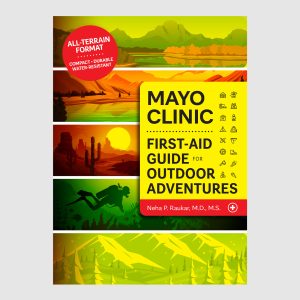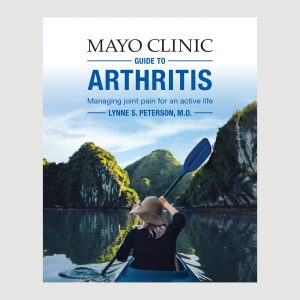
If you can’t help but watch with curiosity as a snail slides across a surface, leaving behind a clear, sticky slime, you aren’t alone. Known as snail mucin, that slime has intrigued scientists for centuries as well. Early snail handlers noticed that snail slime left their hands feeling softer. That led skin care companies to market snail mucin as a way to reduce inflammation and signs of aging.
But does snail slime live up to the hype?
What is snail mucin?
Snail mucin is the mucus that snails secrete. Snails can produce different types of mucin for different purposes. For example, the mucin from a snail’s foot helps the snail lubricate its path and stick to surfaces. It’s what allows the snail to travel upside down. The mucus from a snail’s back is hydrating and antimicrobial — both properties of interest to the skin care industry. The mucin creates a protective barrier that keeps germs out to prevent infection.
Snail mucins are also used in medicine. Since they help with wound healing, they’re used to treat gastric ulcers and infections after surgery.
Is snail mucin good for your skin?
Yes. It does appear that certain types of snail mucin have moisturizing and protective qualities that are good for your skin. Snail mucin contains antioxidants that may help reduce signs of aging like wrinkles, uneven skin tone and sagging. Studies indicate that snail mucin helps with skin regeneration and protects against damaging free radicals.
In one study, 25 people with moderate sun damage used a product with snail mucins for 14 weeks. Snail mucin users saw significantly improved fine lines, crow’s feet and luminance when compared with people in a group that used a placebo product without snail secretions. No change was seen in overall skin damage severity. Snail mucins appeared safe for most people. Study participants didn’t report any reactions.
Snail mucin could potentially help protect against melanoma, a dangerous skin cancer. In a study, snail mucus helped decrease the spread and growth of melanoma cells in the lab.
Is snail mucin good for acne and oily skin?
Snail mucin might help prevent acne. One lab study used snail mucus to combat the bacteria that primarily cause acne vulgaris. The study found promising results that snail mucins could be used to help prevent acne. But more research in humans is needed.
Is snail mucin cruelty-free?
Snail mucin is collected in different ways — some friendlier than others. To produce a particular protective mucin, snails must be under stress. To stress the snails, they’re often poked with a stick or sprayed with a small amount of sodium chloride to start the stress response. The snails are in a machine that collects their slime. The snails are kept in a safe place while they recover and then are released back to their homes.
In another process, snail shells get cracked and the snail bodies are removed. The snails are washed in cold water to separate the mucin for collection.

Relevant reading
Mayo Clinic Diet and Cook Smart, Eat Well Bundle
This revised edition of the #1 New York Times bestselling book offers a simple, time-tested, no-nonsense approach to losing weight and keeping it off. The Mayo Clinic Diet by Donald D. Hensrud, M.D., isn’t a fad diet – it’s an approach that draws on years of research from thousands of individuals seeking…



















